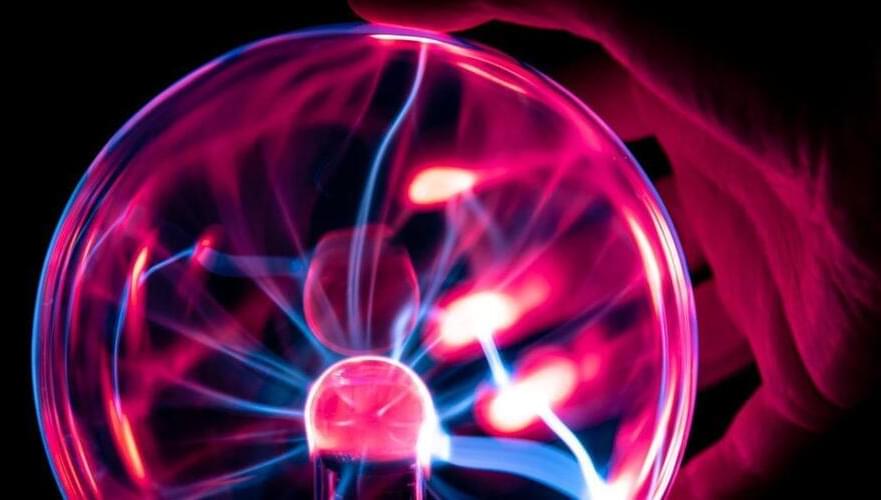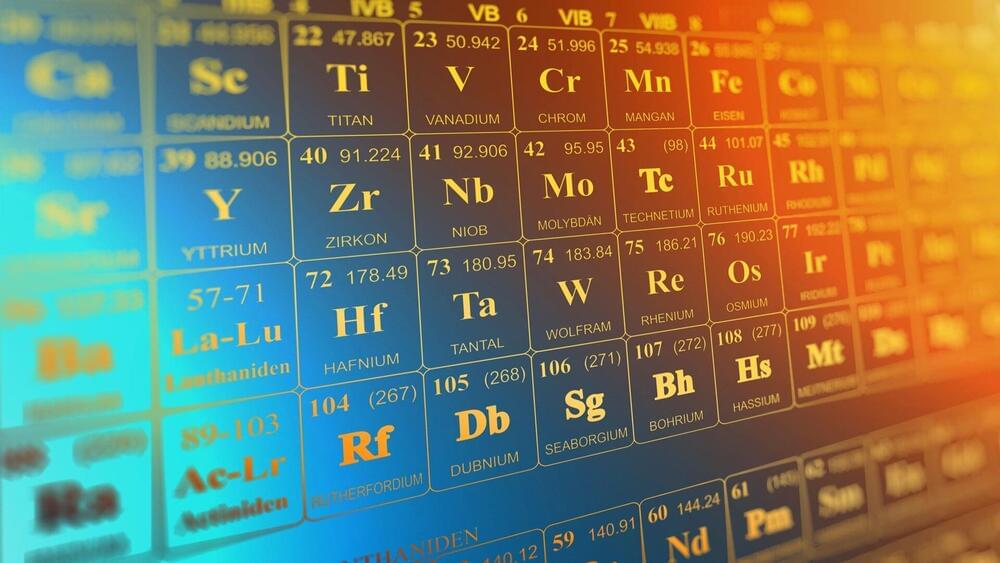Why do AI ethics conferences fail? They fail because they don’t have a metatheory to explain how it is possible for ethical disagreements to emerge from phenomenologically different worlds, how those are revealed to us, and how shifts between them have shaped the development of Western civilization for the last several thousand years from the Greeks and Romans, through the Renaissance and Enlightenment.
So perhaps we’ve given up on the ethics hand-wringing a bit too early. Or more precisely, a third nonzero sum approach that combines ethics and reciprocal accountability is available that actually does explain this. But first, let’s consider the flaw in simple reciprocal accountability. Yes, right now we can use chatGPT to catch Chat-GPT cheats, and provide many other balancing feedbacks. But as has been noted above with reference to the colonization of Indigenous nations, once the technological/ developmental gap is sufficiently large those dynamics which operate largely under our control and in our favor can quickly change, and the former allies become the new masters.
Forrest Landry capably identified that problem during a recent conversation with Jim Rutt. The implication that one might draw is that, though we may not like it, there is in fact a role to play by axiology (or more precisely, a phenomenologically informed understanding of axiology). Zak Stein identifies some of that in his article “Technology is Not Values Neutral”. Lastly, Iain McGilchrist brings both of these topics, that of power and value, together using his metatheory of attention, which uses that same notion of reciprocal accountability (only here it is called opponent processing). And yes, there is historical precedent here too; we can point to biological analogues. This is all instantiated in the neurology of the brain, and it goes back at least as far as Nematostella vectensis, a sea anemone that lived 700 million years ago! So the opponent processing of two very different ways of attending to the world has worked for a very long time, by opposing two very different phenomenological worlds (and their associated ethical frameworks) to counterbalance each other.





